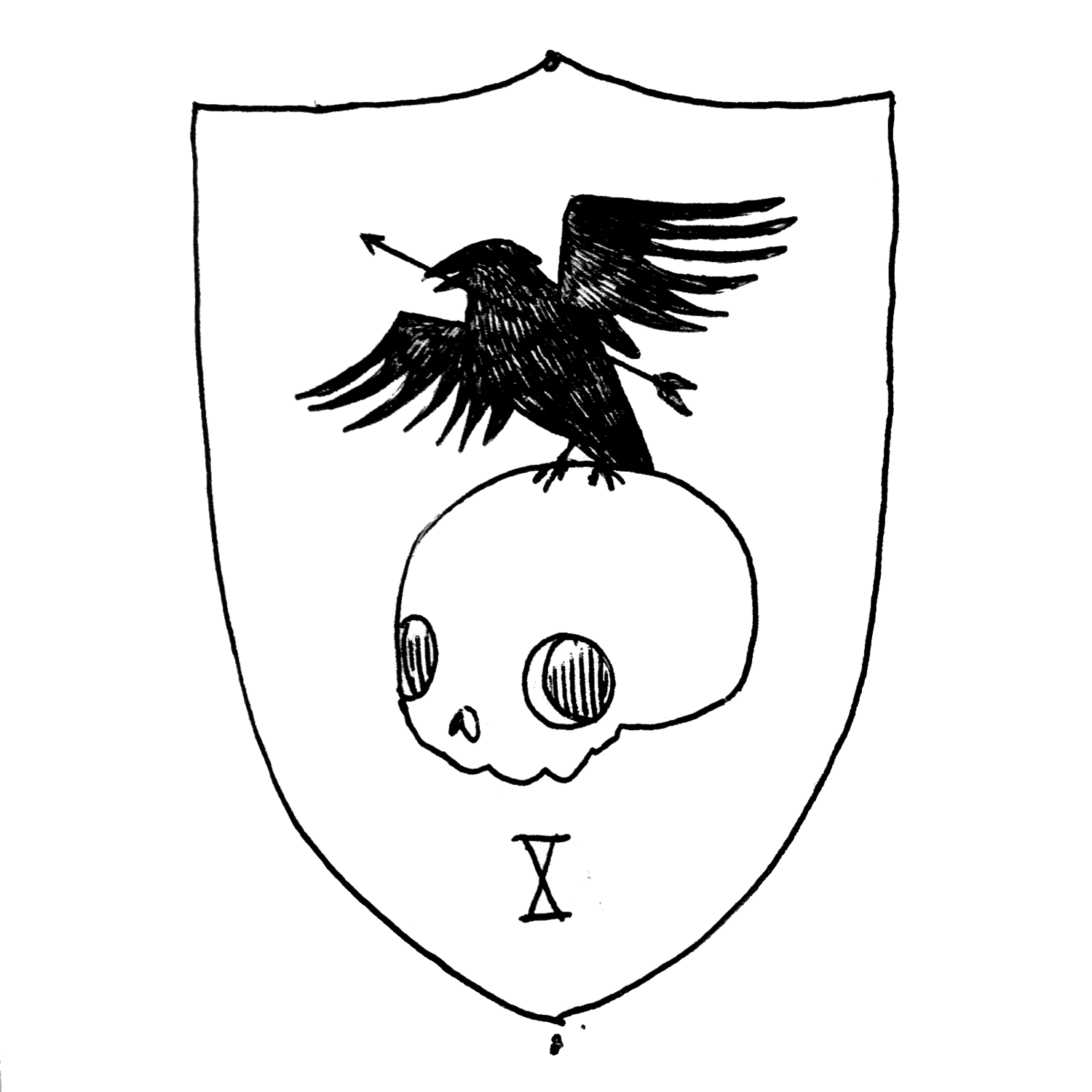Group Passive Perception
Enna the elf slinked behind a large oak tree. Gnolls from the Demon Dog Clan had camped here for days. Well placed arrows and traps had cut most of them down, but there were still four out there, defiling her forest. Enna covered covered herself in mud, twigs, and leaves... this was good enough to fool a single gnoll, but what about all of them? She slowly exhaled, nocked an arrow, and waited for an opportunity to strike.
Perception of Groups
One of the problems I have with passive perception is that it is built for single creatures, not groups. Oddly enough, we often find our heroes hiding from marauding gangs of monsters, not just a single hill giant. With passive perception as written, Enna would have to just beat a single Gnoll's passive perception of 10 to fool the entire group. It doesn't matter how many of them there are.
Passive Perception
This splits from the actual game rule guidance. But whatever. To me passive perception represents an average value of a creature's perception score. It is designed as a DM time saving mechanic to stop the "I search for traps, secret doors, and whatever else you have hidden in this room." You just kind of assume that monsters and characters are always just doing that and you assign them an average score. It's a dangerous world, and it pays to be alert.
But what about for groups? Assuming all the gnolls that Enna hunts are paying attention, they would all roll a perception check, and functionally drop all but the highest score. Implicit in this assumption is that we only need once success: we assume the gnoll that gets lucky will point out Enna's position to the rest of the Demon Dogs. In this case, if you rolled 4d20 and dropped 3, you would get an average score of 16. That's a bit tougher than the 10 previously required, although for Enna's sake it's not impossible.
Basic calculations for Group Perception
For one Gnoll, the passive perception value works, she needs to roll a 10 or higher
For two Gnolls, you are essentially rolling with advantage. Enna needs to roll a 14 or higher to stay hidden. It pays to have a friend help you look for those pesky adventurers, no?
For three Gnolls, Enna needs to roll a 15 or higher
For four Gnolls, Enna needs a roll a 16 or higher
Building a simple calculation
For two or more creatures, you should use the simple formula of [12 + (number of creatures looking) + average wisdom modifiers].
For example, if two kobolds (wisdom modifier -2) and two gnolls (wisdom modifier +0) were hunting Enna, then she would need to roll a 15 (12+4-1) to remain hidden.
What would I use this for?
Passive group perception is a great way to determine a reasonable DC for stealth checks for the party when building an encounter or module.
You can also use the formula to create a sliding scale of success, since we know the average value of all roles, and the formula above calculates the average "high" value for any check. Here is an example, say we have 4 monsters that are trying to stealth. They have a dexterity mod of 0 and no training. We know, that on average, the monster is going to roll a stealth score of 10. Based on the formula above, we know that one of them going, on average, will roll at least a 16. If an adventurer is actively looking for these monsters, you could split the difference to make a sliding scale of success. The adventurer discovers one with 7, two with 10, three with 13, and all four with a roll of 16. If there was a party of characters searching, then I would make them all roll, and reveal the monsters based on the highest score that someone rolled. Again, this assumes that the party is able and willing to communicate with each other.

